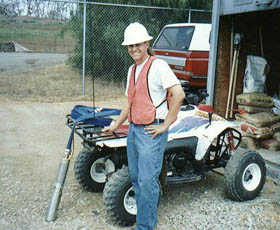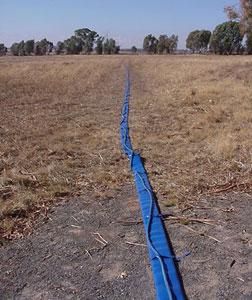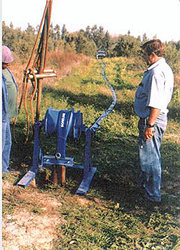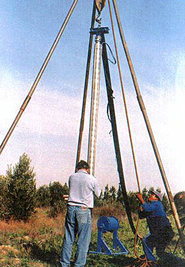 Installation Manual
Installation Manual
For a complete installation manual, please send us a request via our contact form. Be sure to specify that you would like the complete installation manual and whether you are an end-user, installer, retailer or other (specify).
Installation Procedure
Boreline® has been specifically designed to replace rigid risers. Because of its design, using Boreline® results in major savings in time and labour. A pump and column can be installed and retrieved in a fraction of the time required for the rigid riser. Over the long term, Boreline® does not corrode or scale internally allowing for further savings.





